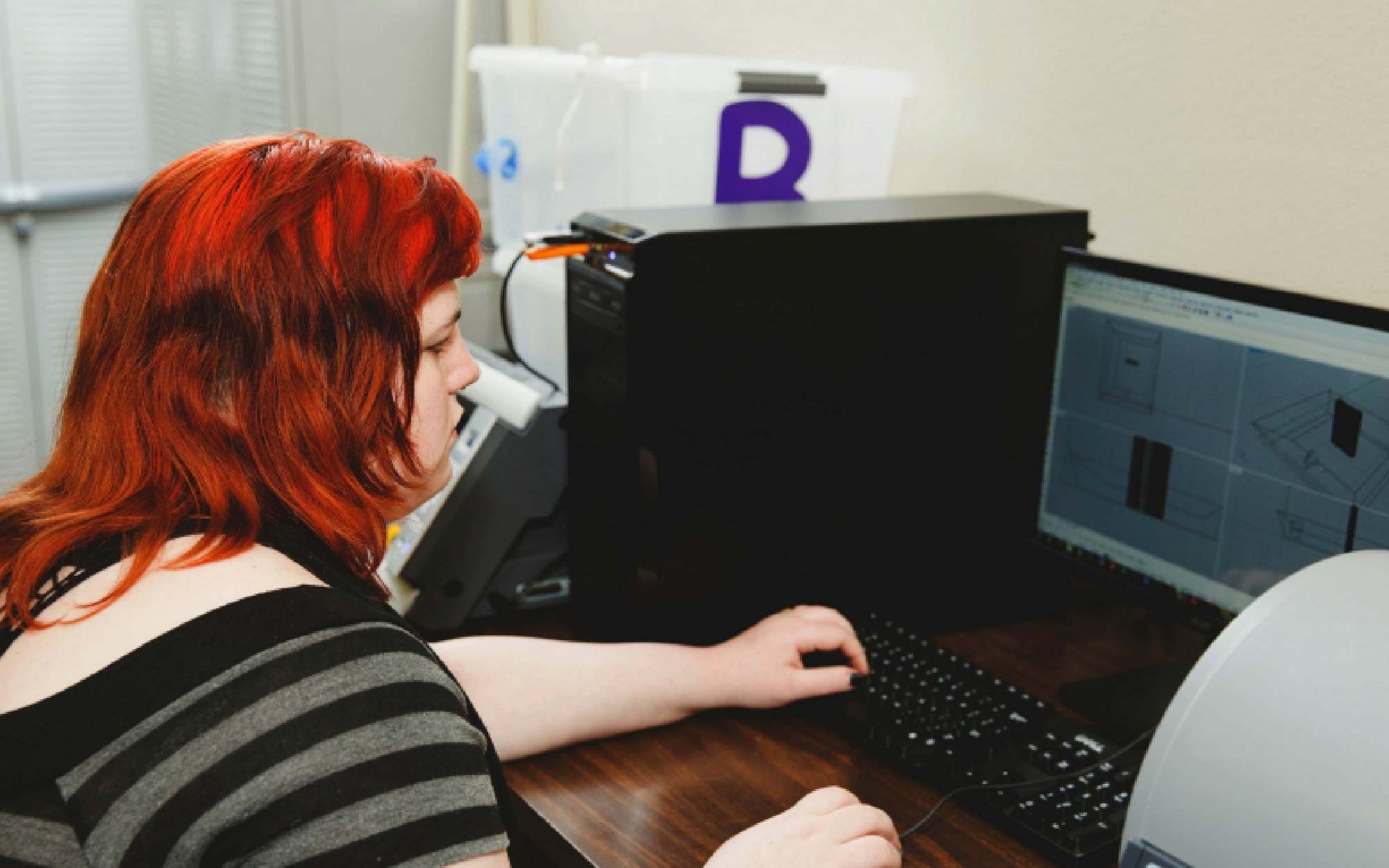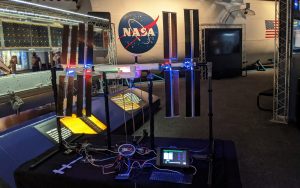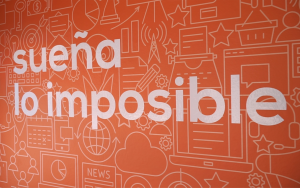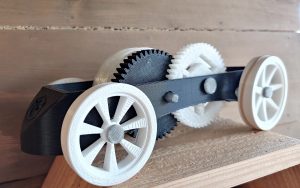Our head of sales, Morgan, recently caught up with CJ Bryant, the Advanced Technologies Teacher and Coordinator for Phoenix Charter School, a 190 student high school in rural Oregon. Their program features Gigabot and has quickly become a hot item at the school. CJ tells the story below.
I’ve been here for about nine years. I started off as the transitions teacher, gearing students to be job- or college-ready when they graduated. It was about making sure that they wanted to go to college and had all the necessary things completed to do so. Then our technology coordinator left, and I moved into that position. I was teaching a few technology classes, but quite frankly, Microsoft Office is really boring to teach.
I talked to our Executive Director about getting a virtual reality simulator. We taught the class as a computer-based graphics and a programming class, and then you’re also designing buildings, which is geometry. Then about four years ago, when drones were in their infancy, I went to our Executive Director and said, “This is really cutting edge stuff. Soon there’s going to be hundreds or thousands of these things around; we could teach students to do useful things with them.” We were ahead of the curve.
Being in western Oregon, our school has long-standing partnerships with the US Forest Service, and before I knew it, our quad rotor was in the woods with agency staff and students to learn if we could assist with tree vole nest surveys high up in the tree canopy. That experiment led to changes we needed to make in our quad rotor: it needed to be bigger, faster, smoother, and more stable. We thought, “If we had a 3D printer, we could print a new body and use all the components that we have.” I went to a couple different teacher workshops, and they had all these really small 3D printers, and to me, that was useless. I don’t want to make miniature chess pieces, I want to do something useful. I saw the Gigabot and went, “That’s it! Two feet cubed? That’s what I want.”
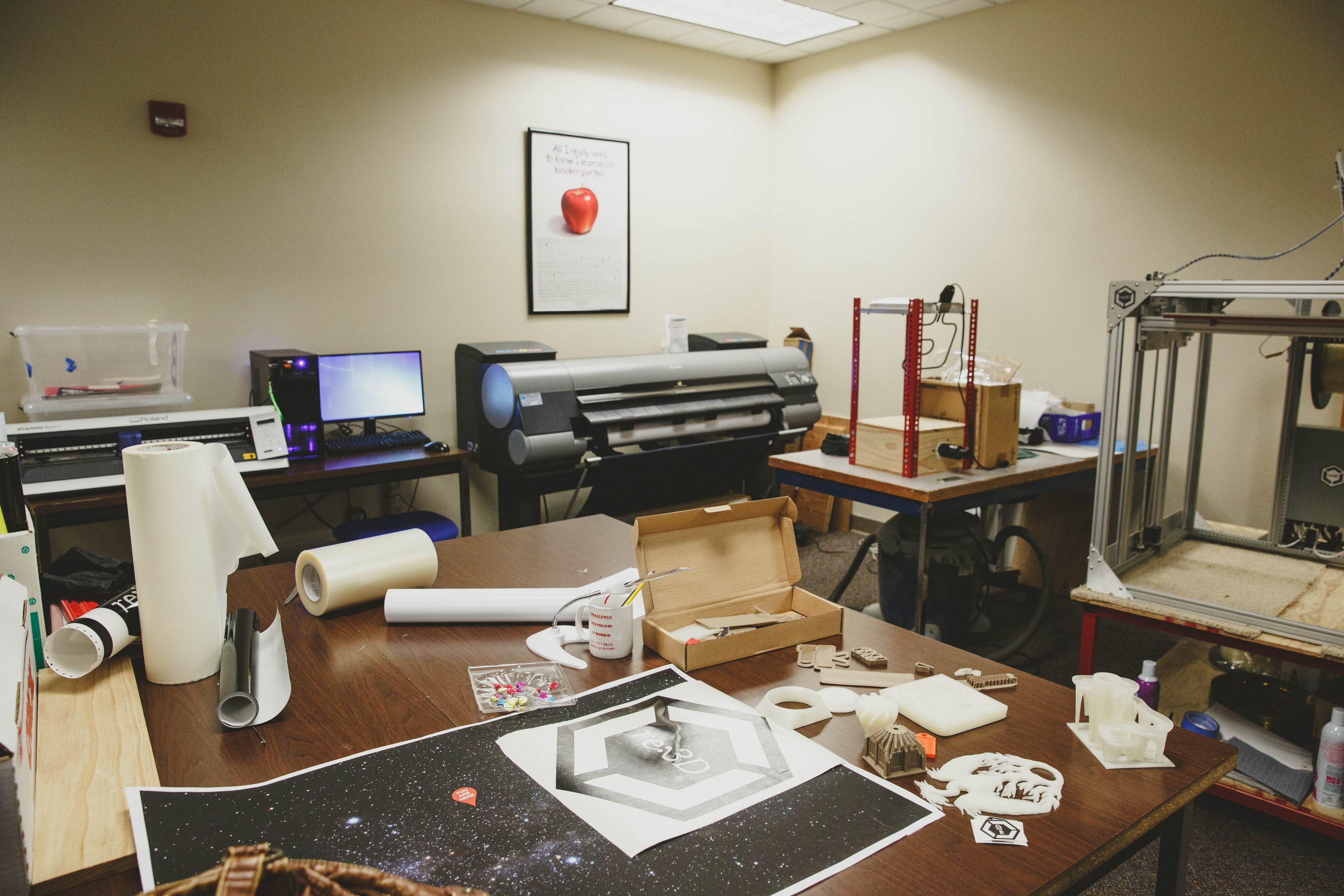
In Oregon, charter schools get about 64 cents on the dollar for every dollar that public schools get. We have a lot less per student. But we are fortunate to have a 30 year reputation that has built up many generous community donors, and our staff writes lots of grants. I wrote up a proposal for the Executive Director, listed all the things Gigabot would enable us to do, and we got it. One of the reasons we get some of the grants we get is that we’ve shown a pattern of success and increasing use of different technologies in learning, service, and employment — it’s a virtuous cycle. When you show what you’ve done and you’re able to demonstrate that over and over again, that opens the doors to more support.
For us, Gigabot was the gateway technology. The first piece of technology we had was the VR simulator. Next was the quadcopter. When we wanted to expand the size of our quadcopter, we got Gigabot. Since Gigabot we’ve gotten a CNC vinyl cutter, a large-format 2D printer for blueprints and posters, and we’ve built a vacuum former. Our next piece will be a CNC laser cutter. There’s not much we can’t do right now.
What we’re doing here has opened doors for our students that I never expected. We are building partnerships with different businesses. The Fixed Base Operator at our local airport, a trailer manufacturer, a metal fabrication shop, as well as local startup businesses are coming to us looking for students who can use AutoCAD and run a CNC machine or a 3D printer. The owner of a local trailer manufacturing company cannot find employees who can operate the high-tech equipment — there is one person in his shop who can run their CNC plasma cutter. One. Our CNC vinyl cutter works on the exact same principles and uses the same design software, so any of my students could go and run his process.
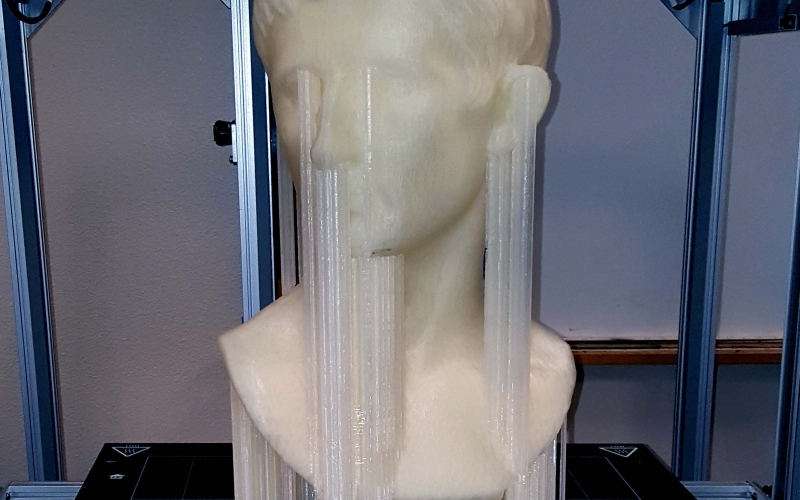
The most exciting thing I think we’ve done was when the symphony had a fundraiser at the school, the culinary arts department came to us wanting us to make chocolate molds for the fundraiser dessert. We printed out musical notes on Gigabot, and students built a vacuum former so we could make the molds in-house. It was a learning process. When we can do things like build a vacuum former, now we’ve taken what we can do with our Gigabot to the next level.
We call this project-based learning. Kids may be sitting in an algebra class thinking, “What would I ever need this for?” Then they come to my class to create something and go “Whoa, how did you do that?” In teaching them the math behind it, it clicks — this is what the math is for. What we are doing is using a real-world application to teach math. It’s far more engaging.
To get into teacher lingo: every state has standards that students have to meet. Rather than teaching standards using a textbook, worksheets, and tests, I cover the same standards with projects. Students can check off several standards in one project. Do the students know that they’re polishing off standards? Not so much. When do they find out? When they go through the list that they need in order to graduate, and they realize they’ve already checked all the boxes. Project-based learning has several distinct advantages, the largest being that students can take you step-by-step through their project. This ownership of their project makes education real, relevant, and lasting.
We are a charter school, and our target is to help with the community’s at-risk students — students at risk of not succeeding academically for whatever the reason. We have students who have not had success in any of the other schools in the county. What we do is teach them to be successful, to create that pattern of success. By the end of it, you’ve got juniors and seniors who are taking community college classes at the same time that they’re here. 75% of the students who graduate here go up to the community college and enroll.
This is enabling them to be successful. The job readiness skills they learn, the communication skills, the attention to detail, following instructions. The process is entertaining for us, it’s fun for them, and project outcomes make a meaningful difference in our school and community.
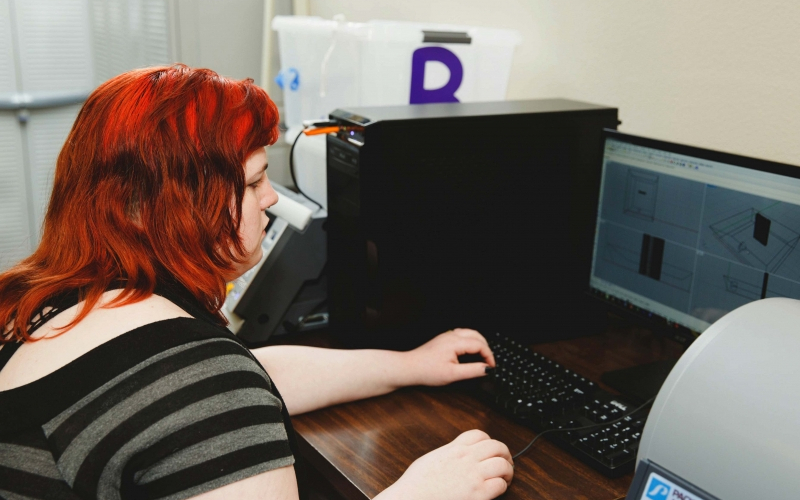
One of my students asked me why we got the Gigabot. I told him, “Think outside of the box for 30 seconds. Now I want you to trample the box, because we’re never going back. Look at it. What if we expanded it to the size of our classroom? What could we print at that scale?”. He just froze in his tracks. That’s why we got the Gigabot. What if we could take that giant printer down to New Orleans to the 9th District to people who still don’t have houses, and we print — using 5000 lb spools of filament the size of your arm — a house, complete with the conduit and the drain lines and everything, in 4 days?
The student said, “But nobody is doing that!”
Exactly! Why would we want to do something that everyone else is doing? It’s been paramount to getting students to think outside the box, to think about needs that need to be met, and where to go to solve big problems on a big scale.
I truly believe that we’re still in the infancy of 3D printing. 3D printing is still a toddler. What we can do with a 3D printer is going to so quickly expand, I think the size of it is going to be huge.
What Gigabot has done is much bigger than 3D printing, and that is releasing the imagination of students. Inspiring them to genuinely learn, solve problems, and not just do worksheets and take tests.
I feel my job as a teacher is not asking students what they want to be when they grow up or what job they see themselves doing; now I focus my students on problems they want to solve. What is the change you want to make, whose lives do you want to impact? If you could create anything, what would you create first, and why? Tools like the Gigabot allow students to enter this mindset confidently. This makes my job the best in the world.
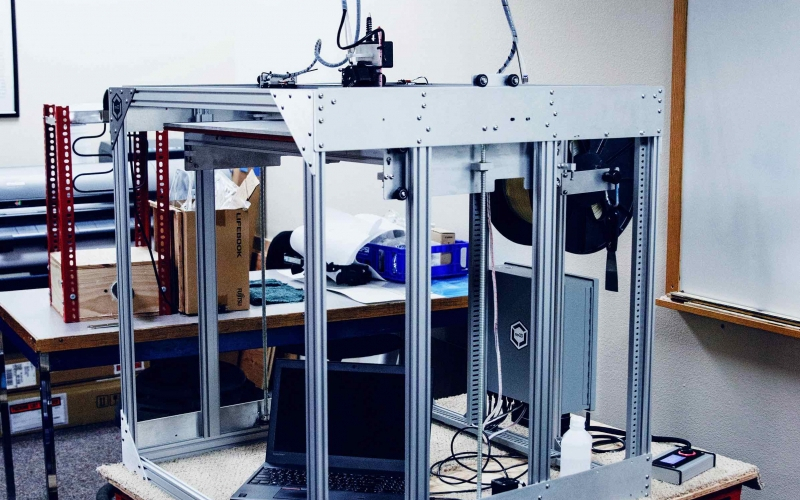
Morgan Hamel
Blog Post Author
